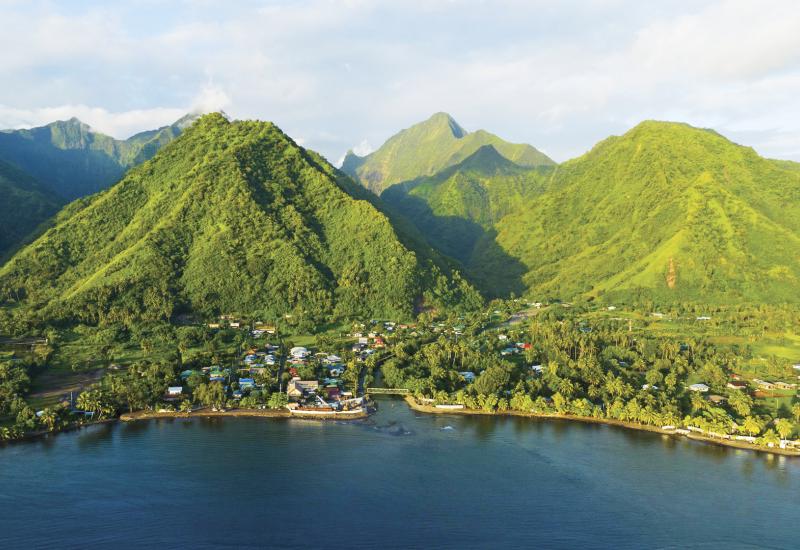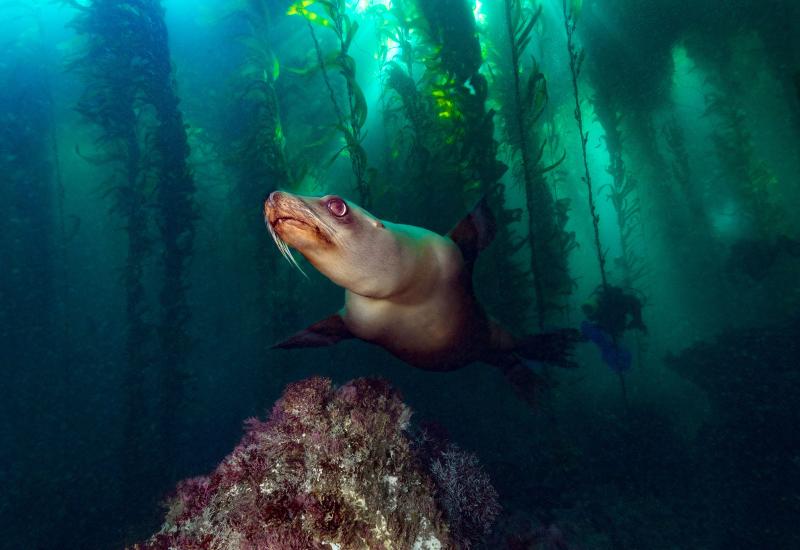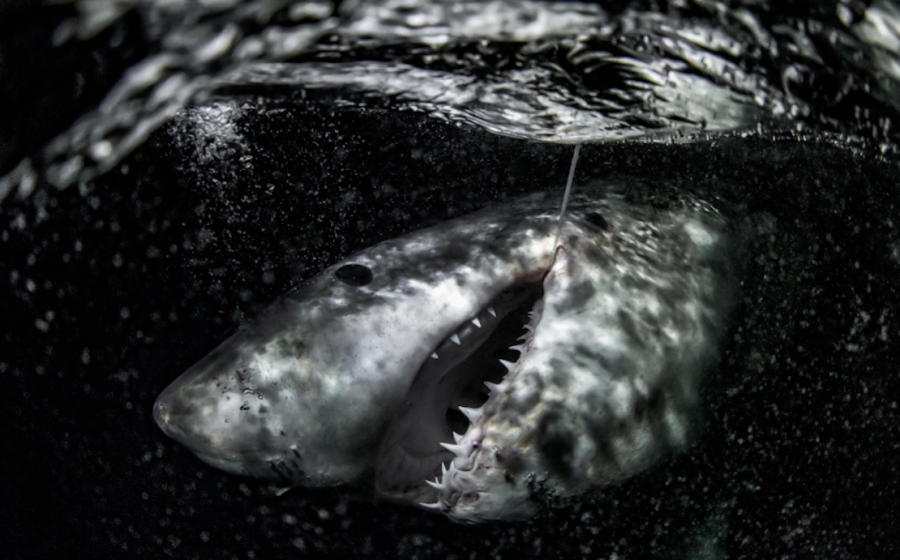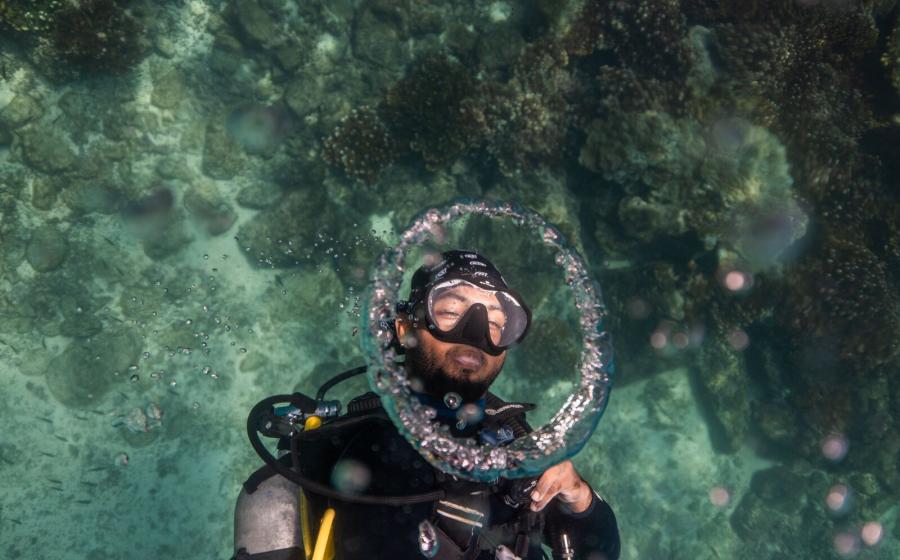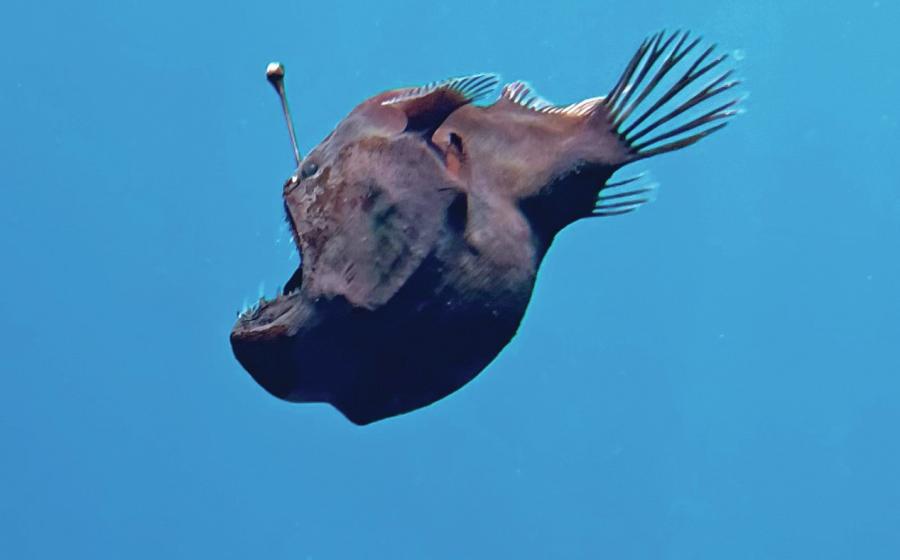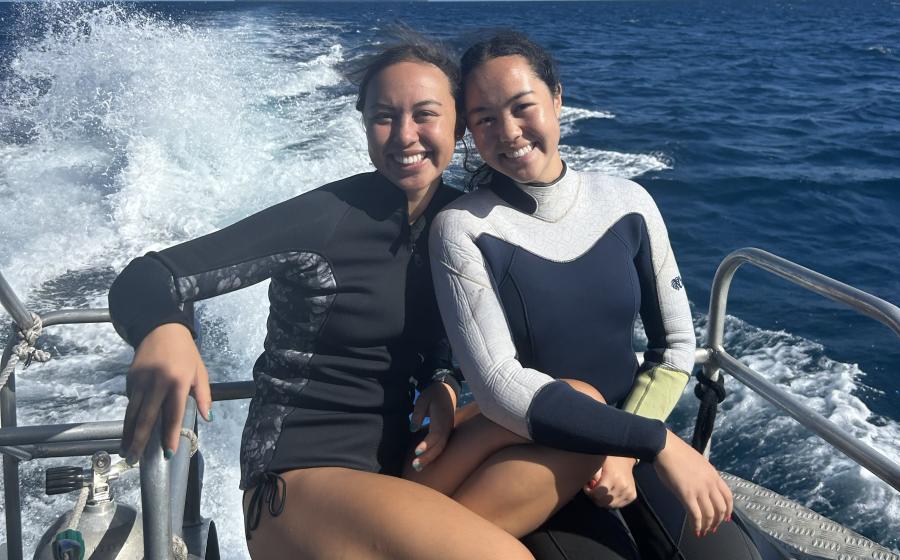The Newest Marine Sanctuary Beckons Wreck Divers to Explore the Great Lakes
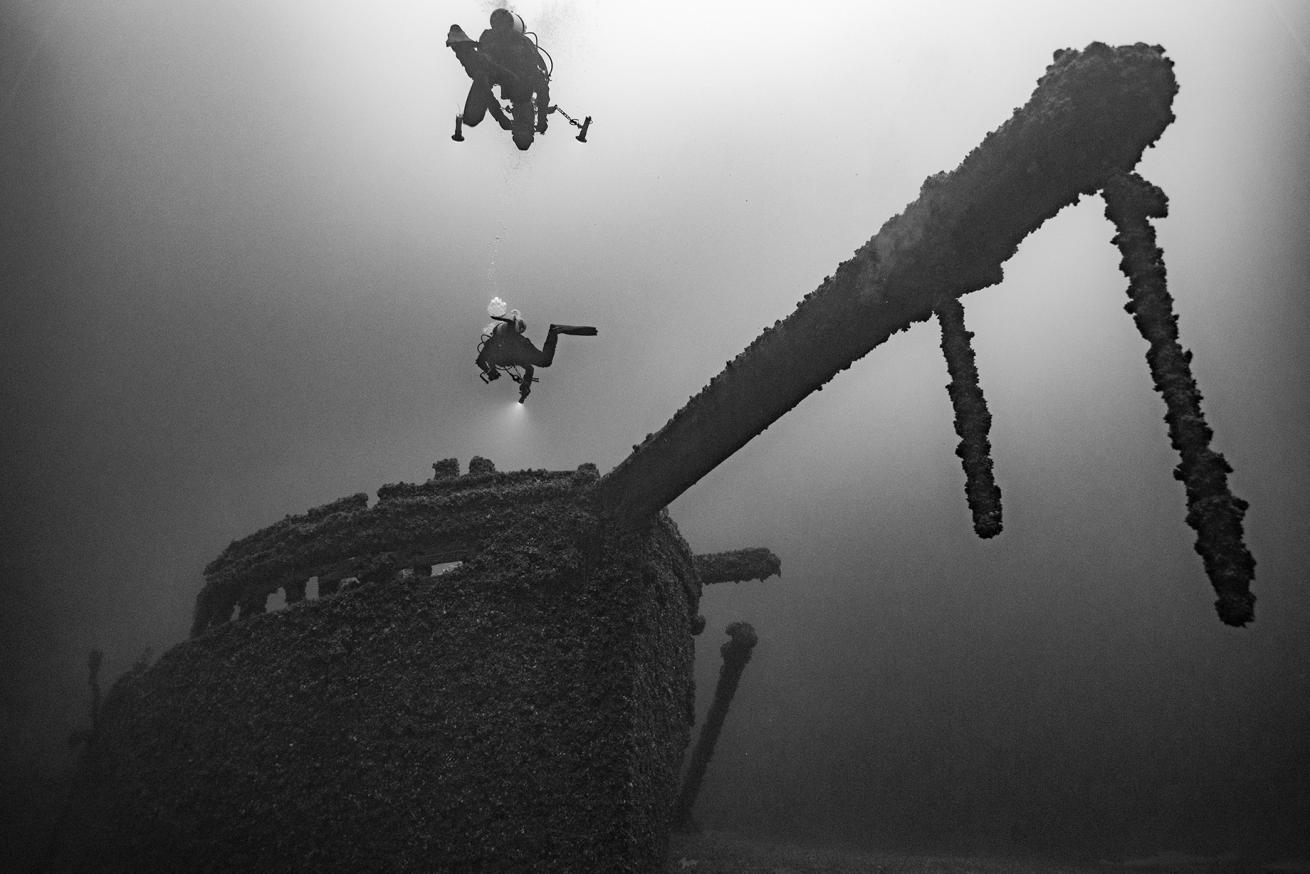
NOAAThe wreck of the St. Peter in Lake Ontario National Marine Sanctuary
Divers know that marine protected areas or “MPAs” are parts of the ocean that are protected from fishing or other human disturbances—and they tend to be some of the most exciting dive sites. A well-designed and well-managed MPA will have a greater number of fish, a higher diversity of species and larger fish than nearby, unprotected areas. MPAs can also protect historical sites like shipwrecks by ensuring that fishing gear doesn’t damage them.
Types of Marine Protected Areas
There are many types of protected areas, and in the United States, we have National Marine Sanctuaries. These are areas noted for their natural or cultural significance, and include places that are well known to divers like the Florida Keys, Flower Garden Banks in Texas and the Channel Islands in California. “A thing I’ve always loved about national marine sanctuaries is that they are about important resources, but also about our communities, how we connect with our oceans, coasts, and great lakes,” explains Shannon Colbert, the senior vice president for external affairs of the National Marine Sanctuary Foundation.
“When I think about National Marine Sanctuaries,” she continues, “I think about places I can enjoy with my family. They’re places you can enjoy and find connections”.
The Newest National Marine Sanctuary
We can now add a new one to the list: in June 2024, NOAA designated a new sanctuary in the eastern portion of Lake Ontario, New York. The Lake Ontario National Marine Sanctuary, the 16th National Marine Sanctuary, is noted for its maritime history, as its vast 1,722 square miles are home to at least 41 known shipwrecks from over 200 years.
“These shipwrecks are a part of the region’s identity, and part of the history of the formation of our country,” Colbert said. “Several are in recreational diver depth, or even snorkel depth. Several were even discovered by recreational divers! Check out the wreck of the American, a schooner from the 1800s that’s remarkably well preserved. And there are some require more technical diving.”
“This sanctuary is a long time coming,” says Jim Wieser, a member of the Lake Ontario National Marine Sanctuary Advisory Board, PADI Master Instructor and owner of RU4Scuba in Rochester, NY. “We have great and very approachable diving here. When you think of the great lakes you probably think of 35 degree F water with a wetsuit, but we have a dive season here from May to September where you don’t need drysuits, [so] it’s not unusual to dive in a 3 mil in the summer,” Wieser continues.
Related Reading: How to Dive Flower Garden Banks National Marine Sanctuary
“Our wrecks are shallow and pretty well preserved. And [there are] lots of wrecks that have yet to be discovered, explored, or studied! The marine sanctuary has put my part of the world on the wreck diver map, and we hope to be a regional hub for the scuba community.”
The Great Lakes region was vital in the early maritime history of the United States, and that history is now protected and preserved for the future. “These waterways were used to bring in timber, coal and supplies that were used to expand west,” Colbert said. And the rich history of the region, of course, goes back much further than colonial American, and the sanctuary also protects archaeological sites important to the cultural heritage of several local indigenous communities.


